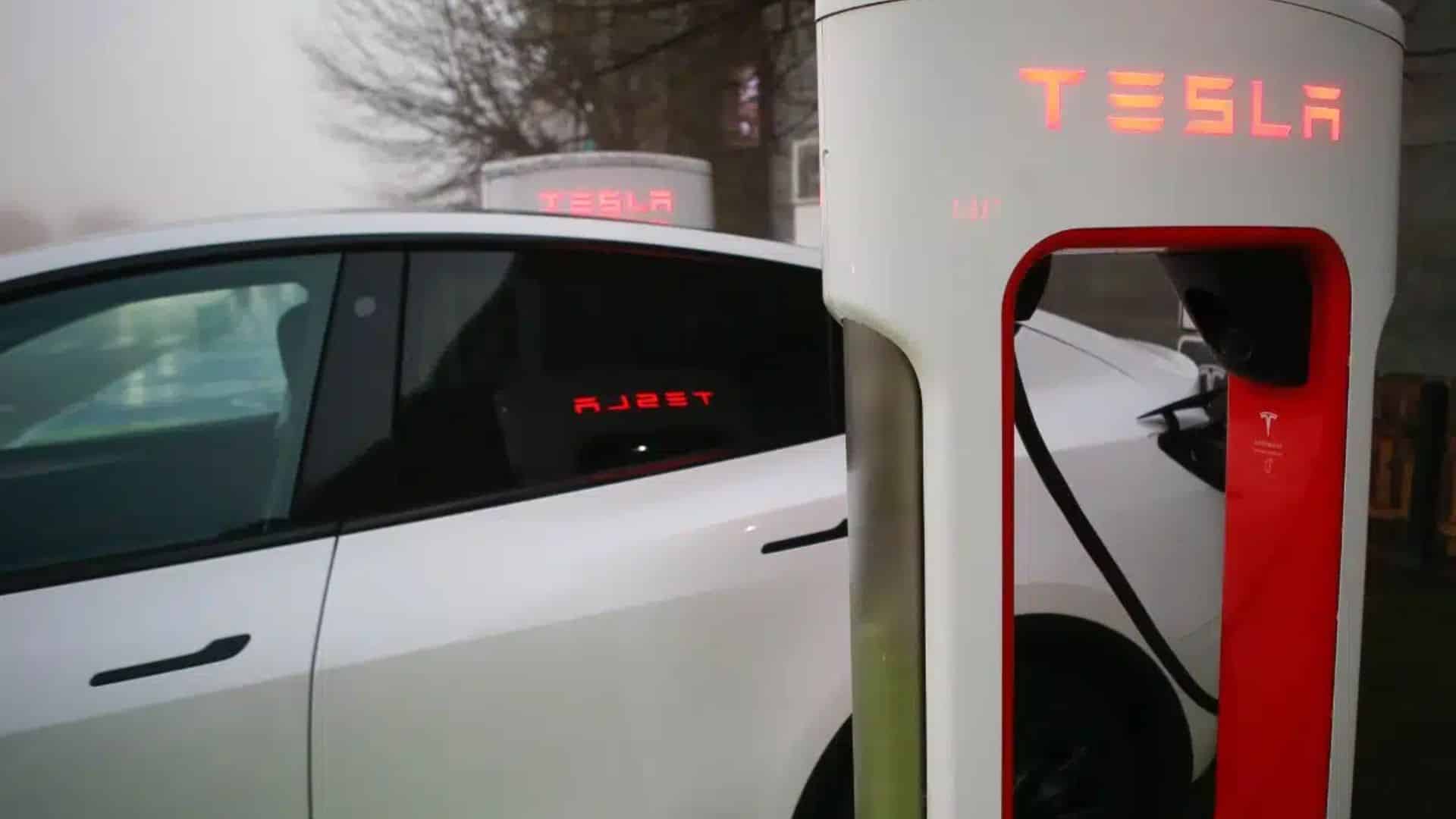
Tax authorities complicate VAT and personal income taxation for companies for the transfer of vehicles to workers
The State Tax Administration Agency has issued a note in which it analyses the changes in criteria regarding taxation on the use of vehicles for business and private use by managers and employees. According to Esaú Alarcón, a tax lawyer at Gibernau and professor of Financial Law at the Abat Oliba University, “these are instructions given to the Agency’s officials, but they have no legislative value. However, as they are instructions, this is what the officials are going to comply with when it comes to liquidating”.
This new criterion raises the evidentiary requirements for the employer, in accordance with the case law issued by the European Court of Justice, the National Court (AN) and the economic-administrative court (TEAC). In this respect, Alarcón reminds us that the National High Court is not the last judicial body and that the Supreme Court has yet to rule on the matter. The AEAT remembers the Audiencia Nacional when it suits it and ignores it when it does not. And in this respect, the Supreme Court can still issue an appeal on grounds of appeal to the absolute contrary”.
DIVERSITY OF CRITERIA
The AEAT includes different interpretative criteria to determine the taxable base for Value Added Tax (VAT) and Personal Income Tax (IRPF).In this respect, the tax expert explains that “on the subject of VAT there is not much new, but they do make an assimilation between VAT and Personal Income Tax. They do not apply the ‘watertightness’ criterion, which has been applied to taxes, and it is clear that the ‘availability’ is going to affect both taxes”.
The note emphasises that the institutions cited refer to the criterion of availability for private use; the consideration of the transfer of vehicles by the employer for VAT purposes as an onerous or gratuitous supply; the deductibility by the entrepreneur or professional of VAT payments made on the acquisition, leasing or other transfer of use of vehicles; the self-consumption of services; and the determination of the taxable base for VAT and personal income tax purposes.
As regards the determination of the burden of proof, both the TEAC and the AN have established in numerous decisions that it is up to the company to prove the need for the use of the vehicle for the employee’s work activity. It is also up to the taxpayer to prove, where appropriate, that the vehicle is not available for private purposes.
Once the need for the vehicle for the performance of the work activity has been proven and the existence of a private use has been determined, the applicable criterion for determining the percentage corresponding to the use for private purposes in mixed-use vehicles made available to employees (for work and for private purposes) is that of availability for such private use, which will have an effect on VAT and personal income tax.
THE AVAILABILITY RULE
The rule of availability has been included in various rulings, resolutions and consultations of the Directorate General for Taxation. The criterion has also been confirmed by various rulings of the CJEU, stating that the periods in which an asset is available for the private needs of the person using it, be it the business or professional person himself, his employees or third parties, whether or not there is an effective use of the asset, must be considered.
The AEAT interprets the criterion of availability for private use as determining the degree to which the vehicle is used for the specific activity carried out by the company, which has an effect on both VAT and personal income tax.
According to Esaú Alarcón, “this criterion has a serious danger and that is that Spanish VAT legislation establishes a presumption that the vehicle is used for 50% of the economic activity and if the taxpayer exceeds this limit, they will have to prove the use they consider, but now the AEAT considers that this 50% is contrary to European jurisprudence and they now consider that the key principle is that of availability”.
THE NEED TO PROVE
The note points out that case law includes two nuances that must be taken into account in these cases. Thus, on the one hand, considering that the burden of proof is essentially on the taxpayer, the provisions of the collective agreement must be taken into account; the possible exceptions for certain categories of workers; and the existence of staff without a work centre or who are constantly on the move. On the other hand, the characteristics and peculiarities of the activity carried out by the company, as well as the working day of each job, and any other circumstance that alters the above considerations.
The AEAT explains, in its extensive note, that this is the case, for example, of certain posts which, due to their characteristics, have longer working hours than the usual or normal working hours under the agreement. These possible special characteristics must be demonstrated and assessed on a case-by-case basis.
The AEAT says that the vehicle may be used in its entirety for an economic activity subject to tax, in which case it must prove that the percentage of use is not 50%, but 100%, or that there are any of the circumstances provided for in Article 95.Tres.2ª, letters a) to f), which presume that the vehicle is used in its entirety for the economic activity.
ONEROUS ASSIGNMENT
The vehicle may also be transferred in its entirety for the private use of the employees, in which case the asset is assigned in its entirety to an economic activity subject to tax (the transfer of the asset) and not exempt, being taxed at the general rate of tax.
And in the case of a mixed use of the vehicle, where the tax is payable on the acquisition, importation, leasing or other transfer of use for the economic activity and for the transfer to employees, a distinction is made between whether the transfer is not onerous or whether it is onerous.
With regard to the onerousness of the transfers, the AEAT recalls that the CJEU refers to the following elements that prove the non-existence of onerousness, although it is not a closed list: no payment by the employee; non-use of part of the remuneration in cash; or the non-choice between different advantages offered by the employer in accordance with an agreement between the parties whereby the right to use the company car is linked to the waiver of other advantages. On the contrary, the concurrence of one or more of these or other circumstances will determine the concurrence of the onerous nature of the contract.
The TEAC, for its part, adds elements that prove the onerous nature of the assignments: that the worker makes a payment for this assignment; that he uses a part of his monetary remuneration in exchange for the service, that he chooses between different advantages offered by the employer by virtue of an agreement between the parties; or that a specific part of the work provided by the worker, which can be valued economically, can be considered as consideration for the good received.
In general, vehicles or means of transport are considered investment goods, as they meet the conditions set out in Article 108 of the VAT Law (LIVA). Therefore, the deductibility rule provided for in Article 95.3 of the LIVA is applicable.
In the event that the onerous nature is met and, therefore, the transfer of the vehicle to the employees is subject to and not exempt from tax, it will coincide with the market value of the transfer and, where there is no comparable supply of services, it will coincide with the total costs incurred by the employer in providing the service.
The AEAT clarifies that when, having deducted the VAT paid on the acquisition of the vehicle, there is a subsequent transfer to employees in which there is no onerous nature, a transaction treated as a supply of services must be considered to have taken place.
PERSONAL INCOME TAX (IRPF)
With regard to personal income tax, the basis of the payment on account shall be 20% per annum of the acquisition cost for the payer, including the taxes levied on the operation, if the vehicle is owned by the payer. If the vehicle is not owned by the payer, the percentage of 20% per year shall be applied to the market value of the vehicle if it were new. For this purpose, only the part of the vehicle used for the employee’s private purposes is to be taken into account. In any case, the valuation may be reduced by up to 30% in the case of vehicles considered to be energy efficient.












